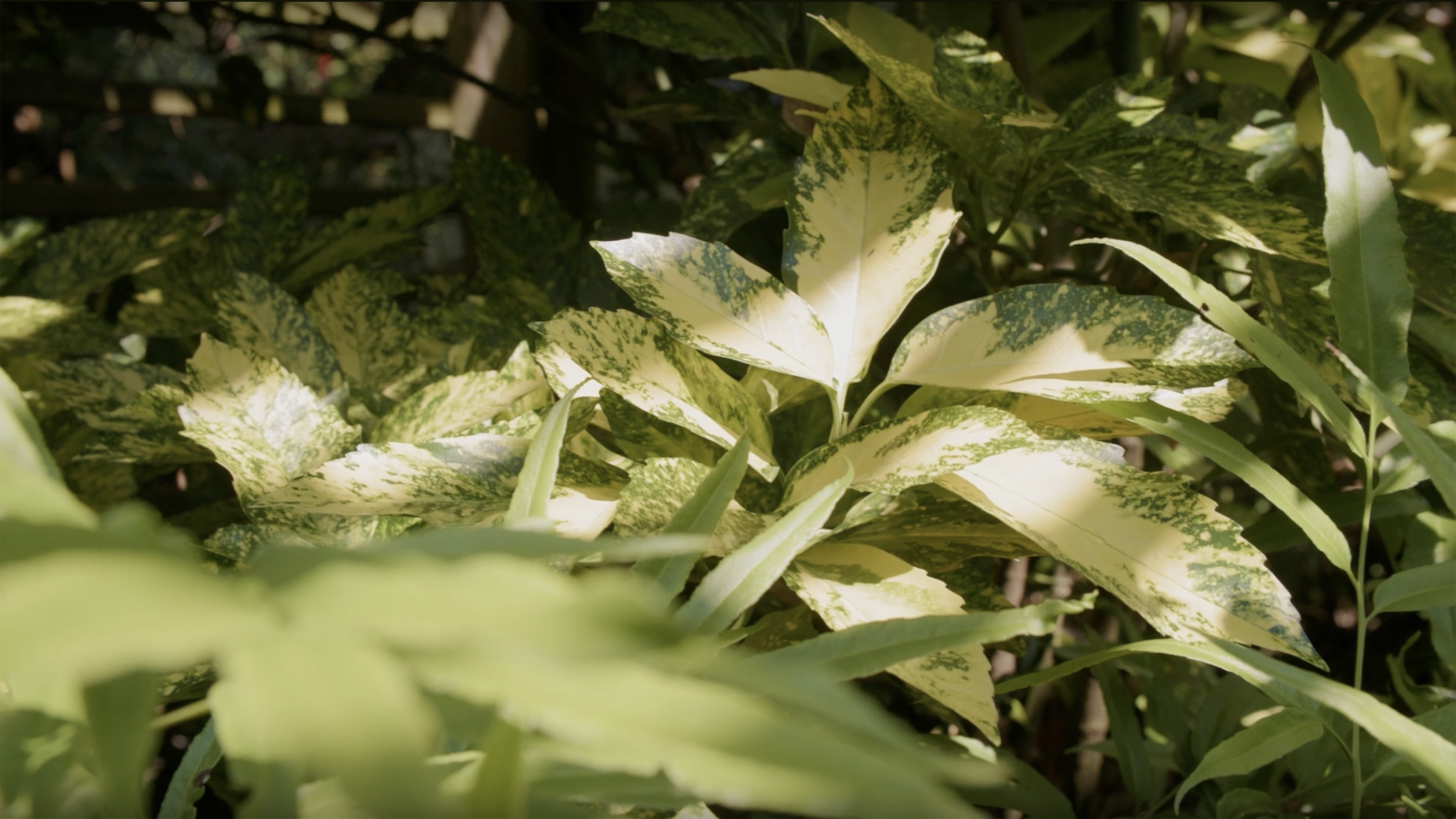Muscadine grapes are a southern specialty. Native to North Carolina, the deep purple and bronze-toned fruit clusters adorn farms, fields and gardens throughout the southeastern United States. Now it’s time to add your kitchen to the list.
Kin to European wine grapes and the common “table grapes” available at grocery stores year-round, muscadines are a unique treat that can be transformed into a variety of wines, pies, smoothies and juices, among other culinary delights. They’re easy to grow and maintain, and they burst with flavor and nutrients.
The “Mother Vine,” a 400-year-old muscadine vine on Roanoke Island, is considered the country’s oldest cultivated grapevine
A muscadine grape is large and round, usually with thick, fleshy skin and seeds in the center. The entire fruit is edible, but the best way to eat it is a matter of some debate. The first step is to place the grape into your mouth, stem end first, then squeeze or bite the grape to pop the juicy, flavorful pulp into your mouth.
At that point, some people eat the whole grape—skin, seeds, pulp and all (recommended for maximum health benefits). Others prefer to chew the skin for optimum flavor before discarding it and spitting out the seeds. Regardless of your muscadine method, they’re just plain good!
We caught up with Penny Perkins-Veazie, postharvest scientist with NC State University, to learn more about the health benefits of the mighty muscadines and what to look for when selecting these grapes, whether you pick your own or plop them into your grocery cart. Enjoy!
More Muscadine Materials
- Find Muscadine Growers at Your Local Farmers Market
- Growing Muscadine Grapes in the Home Garden
- Health Benefits of Muscadines
- Muscadine Grape: Family Activity Guide
- Photo Guide to Popular Muscadine Varieties
Through the Grapevine
- North Carolina ranks 7th in the country for grape and wine production
- The scuppernong grape, a variety of muscadine, is the official state fruit
- September is Wine and Grape Month in North Carolina
- Categories:



